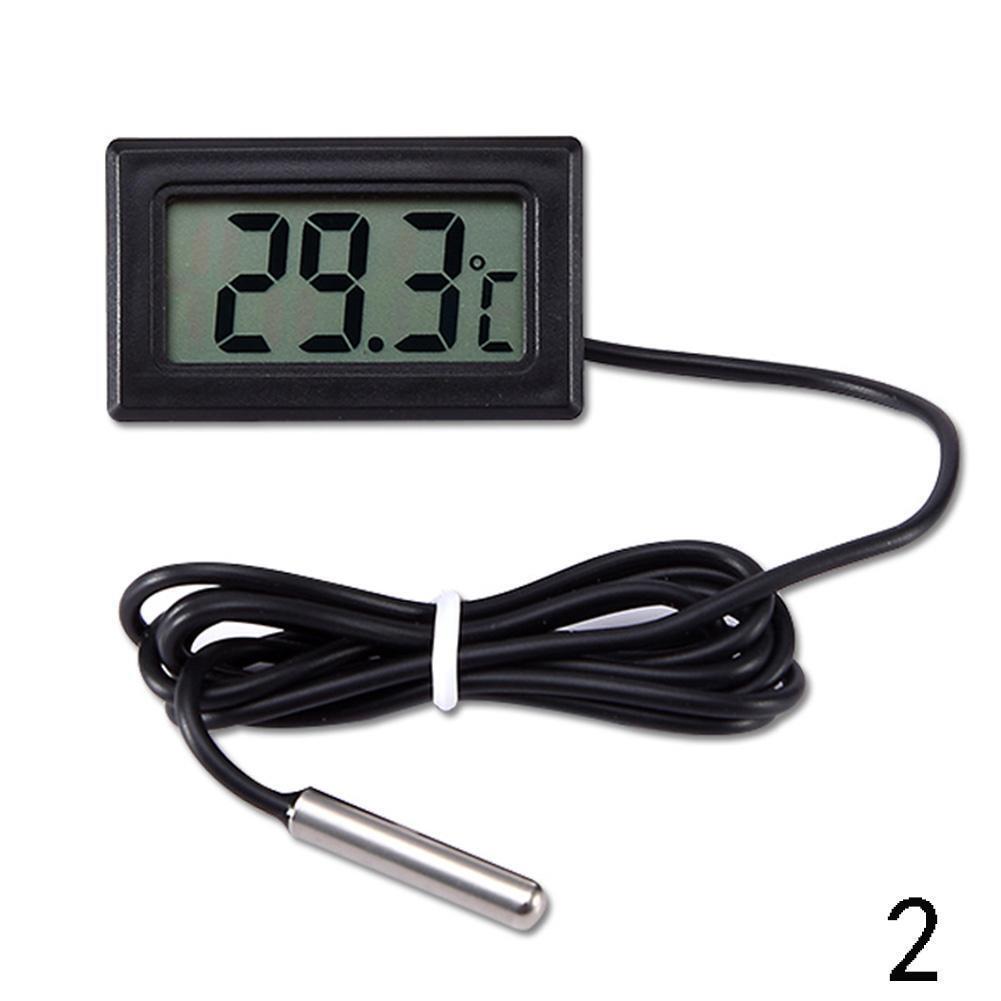Hi all.
Wanting a simple temp probe to stick at the exit of the wort from my pump before it returns to mash.
Currently have a BBQ meat one and while it works really well it is only accurate to 1C. I'd really like it to be accurate to 0.1C.
I did think about a STC-1000 as they're cheap and reliable but a bit bulky and over the top for that purpose.
Any suggestions?
Cheers
Hunt
Wanting a simple temp probe to stick at the exit of the wort from my pump before it returns to mash.
Currently have a BBQ meat one and while it works really well it is only accurate to 1C. I'd really like it to be accurate to 0.1C.
I did think about a STC-1000 as they're cheap and reliable but a bit bulky and over the top for that purpose.
Any suggestions?
Cheers
Hunt






